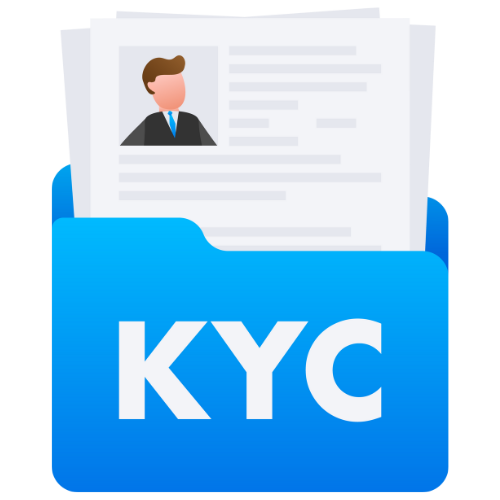PF vs. ESIC: Understanding the Key Differences and Similarities
Learn about the key differences and similarities between the Employees' Provident Fund (PF) and the Employees' State Insurance Corporation (ESIC) in this comprehensive guide. Understand how these two important benefit schemes for employees in India work and how they can benefit you as an employee or an employer.
PF vs. ESIC: Understanding the Key Differences and Similarities
Employee welfare is a crucial aspect of any organization, and in India, two prominent benefit schemes exist to ensure the well-being of employees - the Employees' Provident Fund (PF) and the Employees' State Insurance Corporation (ESIC). Understanding the differences and similarities between PF and ESIC can help both employees and employers make informed decisions regarding their benefits packages. Let's delve into the key aspects of PF and ESIC to gain a comprehensive understanding.
Employees' Provident Fund (PF)
The Employees' Provident Fund (PF) is a mandatory savings scheme for employees in India, governed by the Employees' Provident Funds and Miscellaneous Provisions Act, 1952. Under this scheme, both the employer and the employee make monthly contributions towards the employee's retirement savings.
Benefits of PF:
- Retirement savings
- Financial security
- Tax benefits
Employees can withdraw their PF savings upon retirement, resignation, or under specific circumstances like medical emergencies or purchasing a home. The PF savings also earn a fixed rate of interest, ensuring the growth of the employee's savings over time.
PF Contribution:
Under the PF scheme, the employer contributes 12% of the employee's basic salary, while the employee contributes an equal amount. The combined contribution goes into the employee's PF account, which can be accessed as per the rules and regulations of the PF scheme.
PF Eligibility:
All organizations with 20 or more employees are required to register for and implement the PF scheme. Any employee earning a basic salary of ₹15,000 or less per month is eligible for PF benefits. However, employees with a higher salary can also opt-in for PF benefits if they choose to do so.
Employees' State Insurance Corporation (ESIC)
The Employees' State Insurance Corporation (ESIC) is a comprehensive social security scheme for employees in India, managed by the ESIC Act, 1948. ESIC provides medical, sickness, maternity, disablement, and other benefits to employees working in specified sectors.
Benefits of ESIC:
- Medical benefits
- Sickness benefits
- Maternity benefits
ESIC ensures that employees have access to quality healthcare services without financial burden. From outpatient consultations to hospitalization expenses, ESIC covers a wide range of medical services for employees and their dependents.
ESIC Contribution:
Under the ESIC scheme, both the employer and the employee contribute towards the ESIC fund. The employer's contribution is 3.25% of the employee's wages, while the employee's contribution is 0.75% of their wages. These contributions go towards funding the medical and social security benefits provided by ESIC.
ESIC Eligibility:
Organizations employing 10 or more employees in specified sectors are required to register under the ESIC scheme. Employees earning up to ₹21,000 per month are eligible for ESIC benefits, including medical coverage and other social security benefits provided by the ESIC scheme.
Key Differences between PF and ESIC:
While both PF and ESIC aim to ensure the welfare of employees, there are key differences between the two benefit schemes:
1. Purpose:
PF primarily focuses on retirement savings and financial security, whereas ESIC focuses on providing medical and social security benefits to employees during their service tenure.
2. Contribution Rates:
The contribution rates for PF are higher compared to ESIC. While PF contributions are 12% of the basic salary from both the employer and the employee, ESIC contributions are comparatively lower at 3.25% from the employer and 0.75% from the employee.
3. Eligibility Criteria:
The eligibility criteria for PF and ESIC are based on the number of employees in an organization and the salary levels of the employees. PF is mandatory for organizations with 20 or more employees, while ESIC is mandatory for organizations with 10 or more employees in specified sectors.
Key Similarities between PF and ESIC:
Despite their differences, PF and ESIC share some common aspects in benefiting employees:
1. Employee Welfare:
Both PF and ESIC aim to improve the overall welfare of employees by providing financial security (in the case of PF) and medical/social security benefits (in the case of ESIC).
2. Employer Contributions:
Employers play a crucial role in both the PF and ESIC schemes by contributing towards the employee's benefits. By ensuring timely contributions, employers contribute to the well-being of their employees.
3. Government Regulations:
PF and ESIC are governed by specific acts and regulations set forth by the Indian government. Employers must adhere to these regulations to ensure compliance and provide the necessary benefits to their employees.
Conclusion:
Understanding the key differences and similarities between PF and ESIC is essential for both employees and employers in India. By availing the benefits of these schemes, employees can secure their financial and medical well-being, while employers can enhance their employee welfare initiatives and comply with government regulations. Whether it's retirement savings through PF or medical benefits through ESIC, both schemes play a vital role in ensuring a sustainable and secure work environment for employees in India.
By leveraging the benefits of PF and ESIC, organizations can foster a culture of employee well-being and retention, ultimately leading to enhanced productivity and organizational success. As employees and employers navigate the complexities of benefit schemes in India, understanding the nuances of PF and ESIC can pave the way for a more informed and empowered workforce.
Latest Updates
ca4filings.com Services









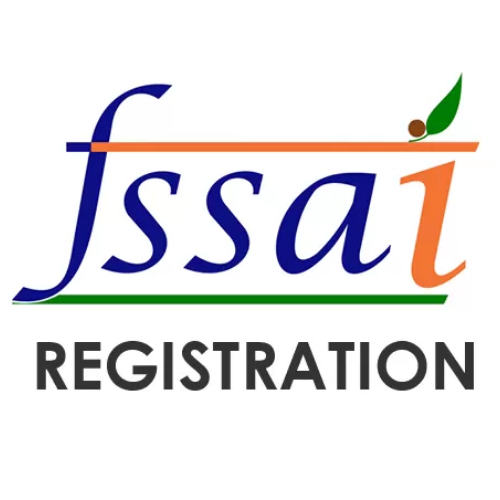
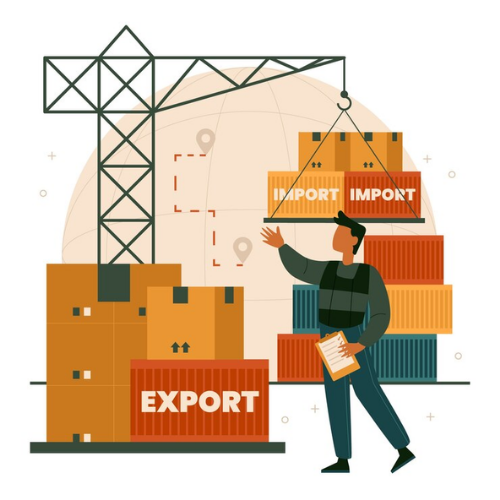
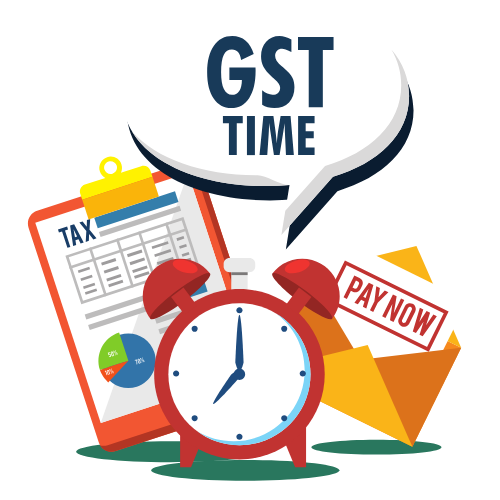



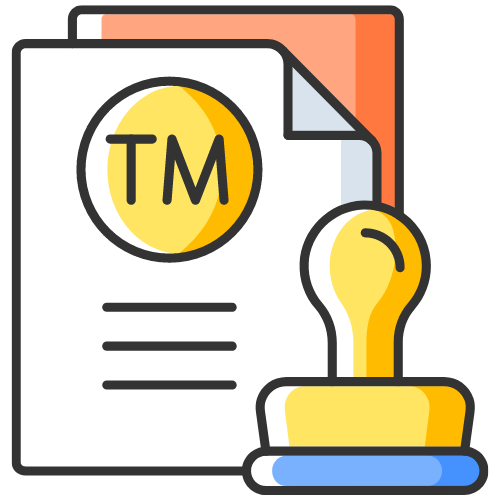
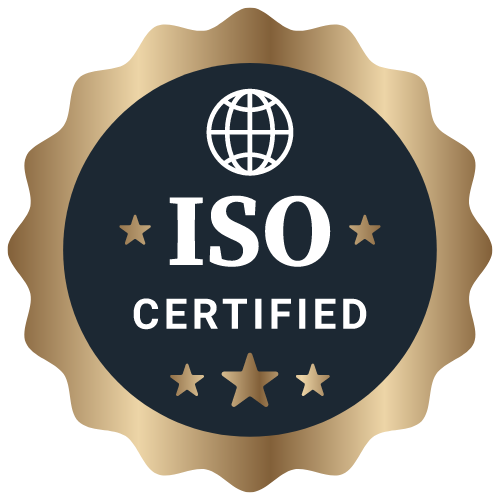







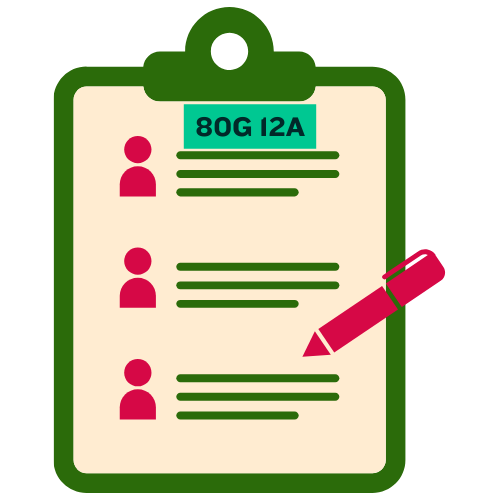

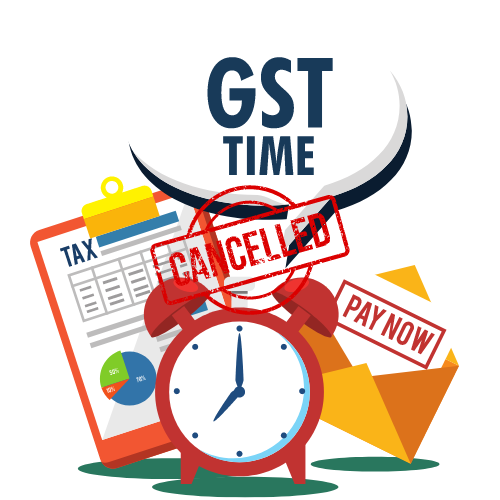

-registration.png)



